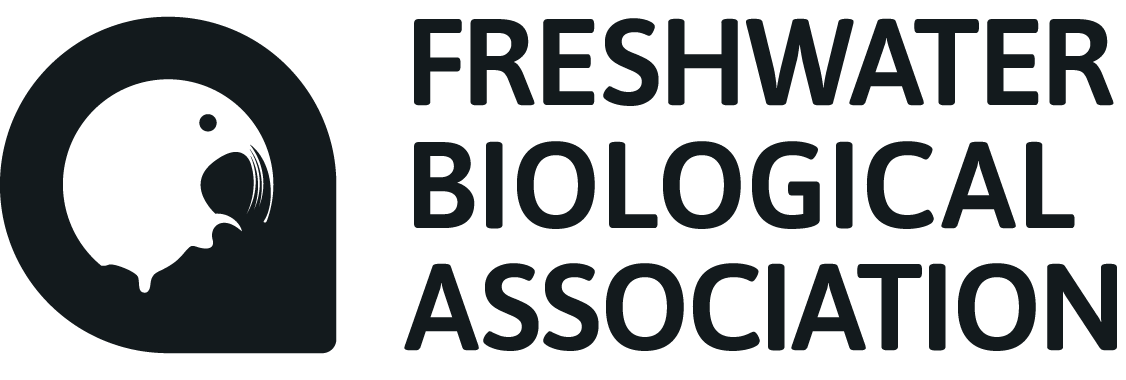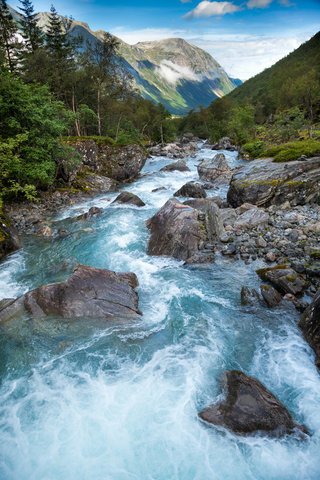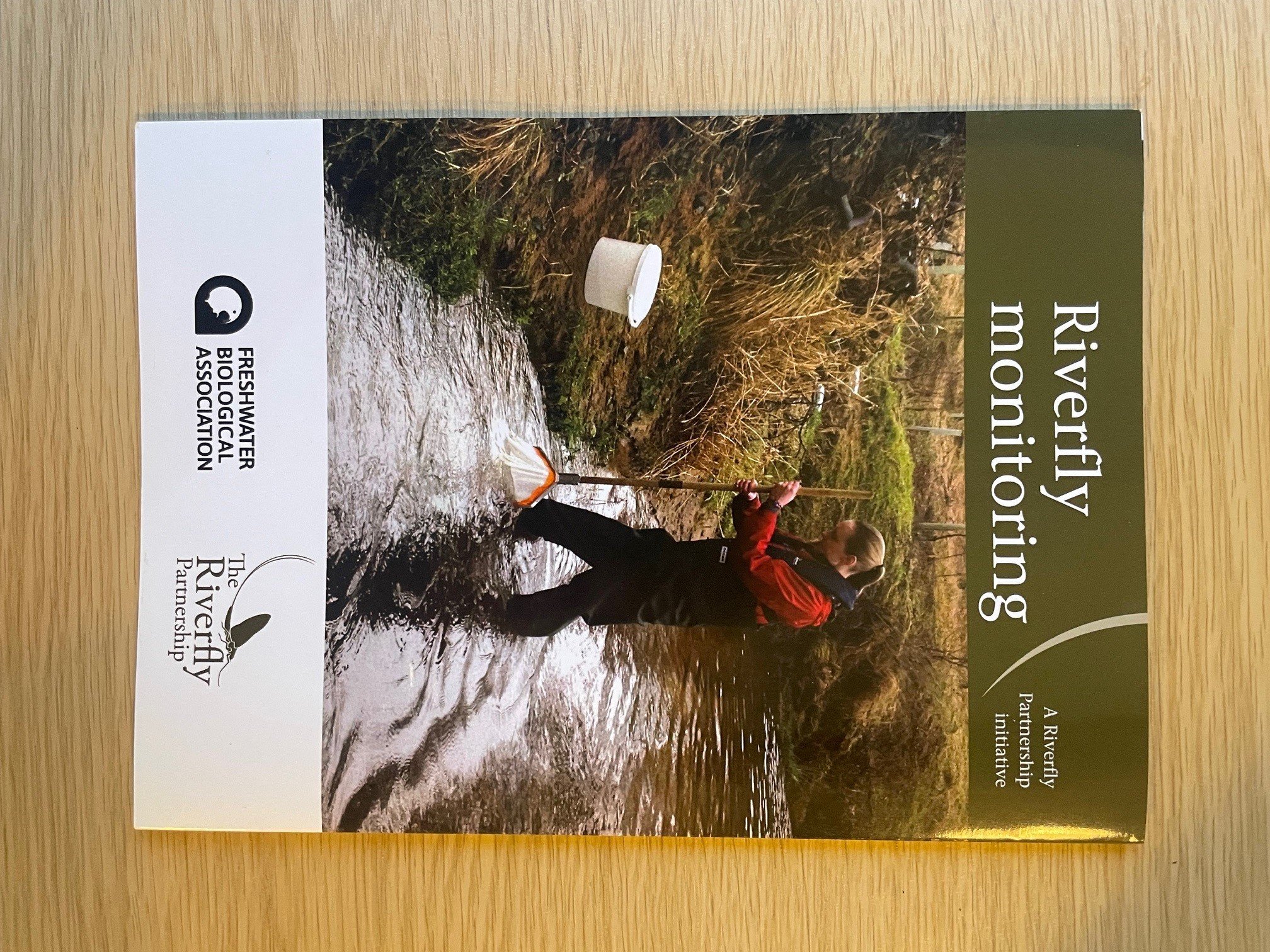Book review: Lakes in the Anthropocene: Reflections on Tracking Ecosystem Change in the Arctic
17 April, 2024
Lakes in the Anthropocene: Reflections on Tracking Ecosystem Change in the Arctic, by John P. Smol.
Review by Benoît Demars, Norwegian Institute for Water Research, Oslo
Benoît, an aquatic ecologist who studies ecosystem functioning and carbon dynamics in Nordic countries, shares his thoughts on John Smol’s new book in the Excellence in Ecology series.
Introduction
Professor John Smol is well known for revealing historical changes in lake ecology, environmental pollution and climate change in the Arctic, over decadal to millennial time scales. The quality of his scientific and communication work is outstanding, leading to many prizes, including the International Ecology Institute Prize in Freshwater Ecology. Acceptance of this prize comes with the expectation to write a book in the Excellence in Ecology series; that book is the subject of this review. The prize winners are given free rein, including the opportunity to write a more personal reflection—the choice of the author.
John is like a forensic scientist who specialises in lake mud. Over time, mud accumulates in layers of the lakebed, which—like pages of a book—trap clues from the lake and its catchment. John brings mud cores back to the surface, and it then takes a team of detectives to read those pages (Fig. 1). While you can travel in time through any cores, not all mud cores will deliver a good, interpretable story. But John has developed the knack of finding great stories, and has the skills of a fine storyteller.
Figure 1. John and his team at work in the Canadian High Arctic: (a) retrieving a sediment core from an ice-covered lake; and (b) sectioning a high- resolution core on Ellesmere Island.
Overview
After setting the scene in the chapter Why the Arctic?, we are introduced to the pioneers and early studies of high Arctic limnology, notably the Lake Char project (1968–1972), which was conducted as part of the International Biological Programme: year-round studies of physics, chemistry and biology, including quantitative food webs and whole-lake metabolism. Logistical prowess, teamwork and creativity were needed for ‘simple’ tasks such as deploying a net to catch fish under >1-m-thick ice during the dark polar winters. Was there anything else left to do after this ambitious project?
Then comes the diversity of lakes and paleolimnology (Fig. 2). One chapter gives a brief introduction, starting with Choosing the lake(s). This key step sets the stage, enabling readers to understand the limnological context and interlinking with human activities. You quickly realise that every subsequent chapter—every story—starts there, often with a cup of coffee and a new encounter. This is the ideation process. John then provides the general recipe to reveal the age and contents of the mud layers, a complex process explained with impressive simplicity.
Figure 2. Some sub-fossil diatoms—key indicators for many of the paleolimnological studies reviewed in the book.
In the next chapter, John reports how it took him and his team a decade of painstaking work to publish the first groundbreaking model of the effect of climate change on the limnology and paleolimnology of the Cape Herschel ponds, just 1300 km from the North Pole. The results did not come without criticisms … which fuelled further efforts and even more stunning results.
Several chapters demonstrate how John has collaborated widely with archaeologists, Indigenous peoples and chemists to reveal ecological mysteries, often emanating from simple observations such as the presence of a green patch of vegetation in the tundra. Have you wondered if whales could affect the ecology of small ponds? How a marine storm surge affects freshwater systems—and was it a freak event? Why Arctic lakes are retracting or expanding, becoming clearer or browner? What is the effect of human settlements promoted by the government? Are eutrophication problems in the Arctic similar to those in temperate lakes? How did the human quest for mineral ores transform lakes? John and his teams get the clues and tell you the stories.
After presenting a breadth of local issues, John dives into the more complex stories of long-range atmospheric transport of nutrients and pollutants. He follows this with two chapters on biological vectors of nutrients and pollutants associated with the life cycles of salmon and birds. John reveals, for example, how the upstream transport of marine-derived nutrients by salmon sustains its own recruitment for the next generation, how climate change affects salmon returns and the implications for sustainable fisheries. These chapters are particularly powerful in demonstrating how interlinked the natural world and human cultures are.
John’s interests encompass numerous questions of immediate relevance to society, and in answering these questions some big surprises have emerged from the mud cores, bringing more reflections, such as what constitutes reference conditions. We learn that throughout John’s career, paleolimnology has brought new tools (including stable isotopes, sterols and stanols, and eDNA) and new knowledge (for example regarding species life histories and physiology) to read the mud, enabling inference of the causes of change, such as the production of the pigment melanin by crustaceans as protection against ultraviolet radiation. In the last chapter, John returns to the Cape Herschel ponds where he witnessed, in just over 20 years of monitoring, the crossing of the ‘final ecological threshold’ for aquatic ecosystems. Time is of the essence.
Conclusions
This book succeeds in conveying complex stories with simplicity and clarity—to the point that it is more a page-turner than a reference book, more popular science than textbook. Lakes in the Anthropocene should be appreciated by a broad audience, from the interested layman and first-year undergraduates to environmental managers and seasoned scientists. The 438-page book comes hardbound with numerous colour illustrations and is sold at cost price, representing good value for money. Moreover, buying the book contributes to the distribution of free copies in parts of the world with less economic means.
Get the book
Smol, J.P. 2023. Lakes in the Anthropocene: Reflections on tracking ecosystem change in the Arctic. Excellence in Ecology Book Series, International Ecology Institute, Oldendorf/Luhe, Germany. 13 chapters. 438 pp.
Hardcopy ISBN 978-3-946729-30-3; e-book ISBN 978-3-946729-72-3
Available via Inter-Research Science Publisher here.
Further reading
The Freshwater Biological Association publishes a wide range of books and offers a number of courses throughout the year. Check out our shop here.
Get involved
Our scientific research builds a community of action, bringing people and organisations together to deliver the urgent action needed to protect freshwaters. Join us in protecting freshwater environments now and for the future.













